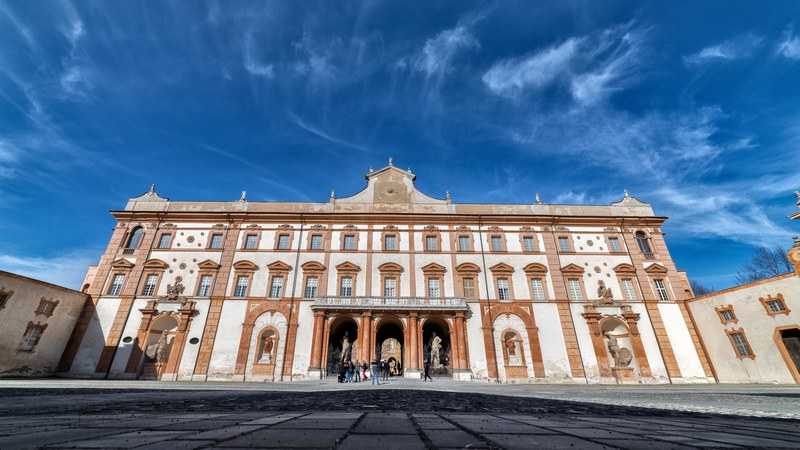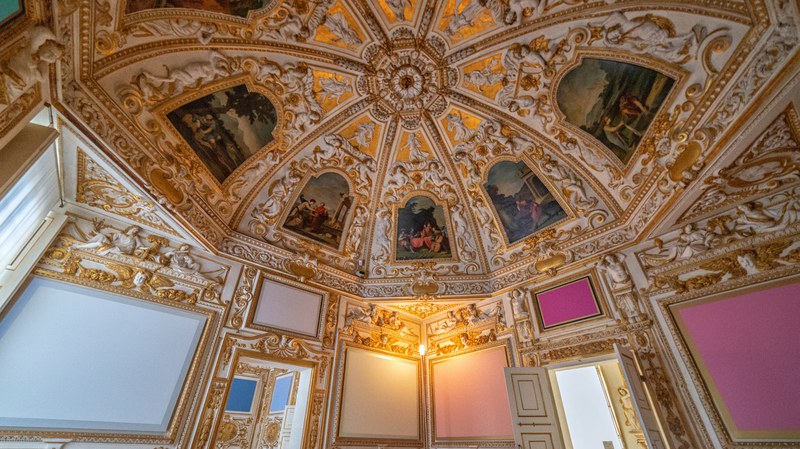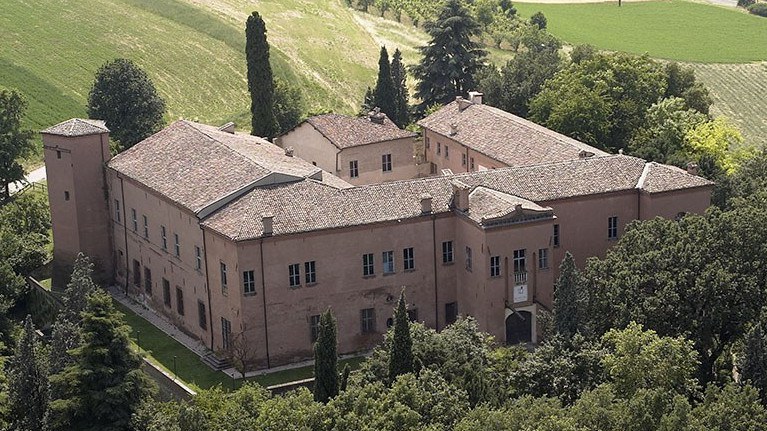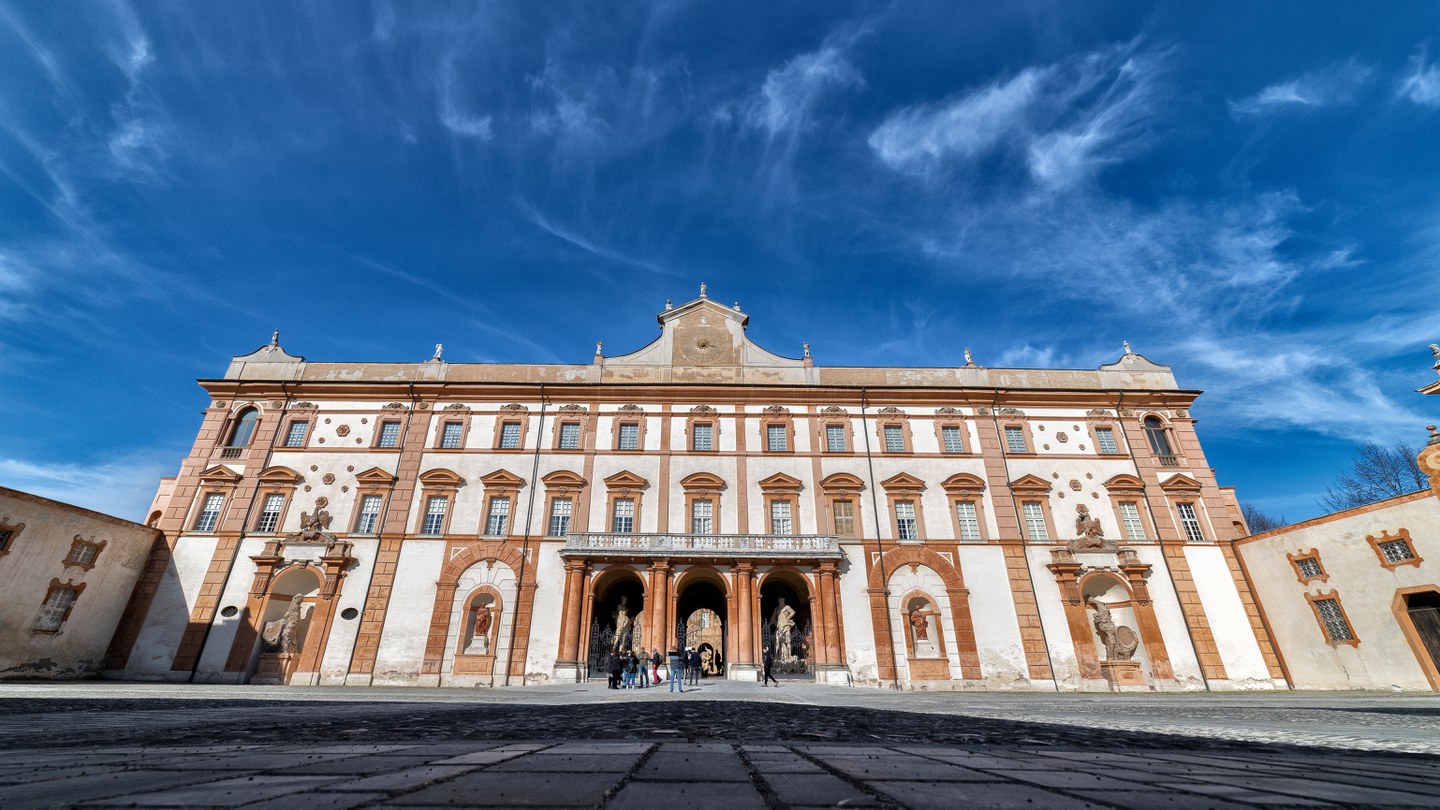Day 2 - afternoon
The afternoon is given over to a visit to the vivacious town of Sassuolo, which is also the capital of the ceramics district. The ancient House of Este castle in Sassuolo was transformed by Duke Francesco I into a modern suburban residence for the court.
Be sure to take note of the exterior as well and of the Peschiera, a phenomenal structure, powered by an hydraulic mechanism, that once served as the duke’s fish farm. Today, it recalls a spectacular stage set for a “theater of fountains.” The neighboring grounds were once much larger and served as a hunting reserve for the use of the Este dukes.
From the graceful atmosphere of the Este “Delight” in Sassuolo, the itinerary moves on to Spezzano, a hamlet near Fiorano Modenese and to its castle. This intriguing fortress is linked to the House of Este by history and by a mysterious crime that has never been solved. Beginning in the 14th century, the castle was the scene of bloody conflicts among the Della Rosa, Visconti, Este, and Pio nobles. These clashes came to an end only in 1599 when Marco III Pio of Savoia was assassinated with a harquebus (a 15th-century matchlock gun) by an unknown assailant.
Because there was no direct male heir, the castle fell into the hands of Cesare of Este, and remained in the House of Este for thirty years. In 1629, the fortress, along with the entire fiefdom, became the property of Marquis Guido Coccapani.
You could also consider to end your day at the Terme di Salvarola (Salvarola Hot Springs) for a relaxing break. These waters were known and appreciated even in the times of the dukes. The first written historical docuement concerning Salvarola was found in a Map of Modena dated 1222, mentioned by Girolamo Tiraboschi in his Topographical-Historical Dictionary of the Estensi States. In 1760 Giambattista Moreali, a doctor obtained from Duke Francesco III the perpetual concession to use water thanks "to the discovery and illustration of the health-giving waters of the Modena area". It was Moreali who defined "divine" the Salvarola water for its important therapeutic characteristics and to prescribe it not only for external use, but also as a drink.
And now let’s discover the majesty of the great duchy of the Estes of Modena.

First stop: The Ducal Palace in Sassuolo
Today, the Ducal Palace in Sassuolo is one of the most important Baroque-style residences in northern Italy. With its murals, stucco work, and beautiful sculptures, it is a masterpiece of art and architecture that captivates anyone who visits its sumptuous rooms.

Second stop: Spezzano Castle
Spezzano Castle is also home to the Fiorano Museum of Ceramics and to the “Manodopera” installation, an innovative multimedia section that highlights labor history from the 19th century to the present. In four rooms, stories are told of the lives, work, and triumphs of the women and men who made the area’s ceramics industry great.






